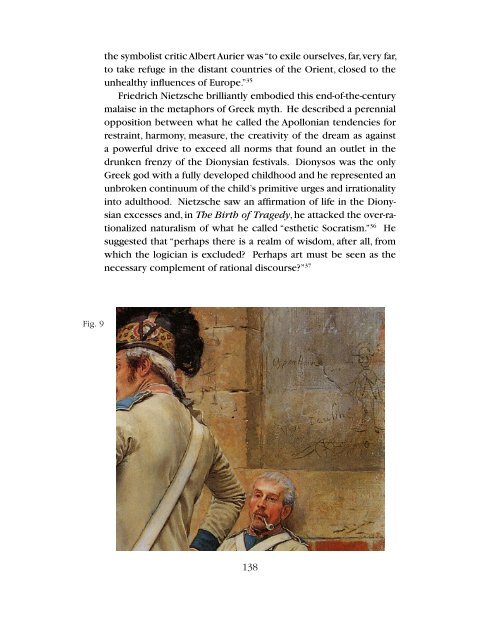Jonathan Fineberg – The Postman Did It – Children’s Art and the Avant-garde
Excerpt from “A Kid Could Do That!”, an extensive publication prepared by Galerie Gmurzynska on the occasion of the large-scale eponymous exhibition project at Art Basel Miami Beach 2014, conceived with Hollywood luminaries Baz Luhrmann and Catherine Martin.
Excerpt from “A Kid Could Do That!”, an extensive publication prepared by Galerie Gmurzynska on the occasion of the large-scale eponymous exhibition project at Art Basel Miami Beach 2014, conceived with Hollywood luminaries Baz Luhrmann and Catherine Martin.
- No tags were found...
Create successful ePaper yourself
Turn your PDF publications into a flip-book with our unique Google optimized e-Paper software.
<strong>the</strong> symbolist critic Albert Aurier was “to exile ourselves, far, very far,<br />
to take refuge in <strong>the</strong> distant countries of <strong>the</strong> Orient, closed to <strong>the</strong><br />
unhealthy influences of Europe.” 35<br />
Friedrich Nietzsche brilliantly embodied this end-of-<strong>the</strong>-century<br />
malaise in <strong>the</strong> metaphors of Greek myth. He described a perennial<br />
opposition between what he called <strong>the</strong> Apollonian tendencies for<br />
restraint, harmony, measure, <strong>the</strong> creativity of <strong>the</strong> dream as against<br />
a powerful drive to exceed all norms that found an outlet in <strong>the</strong><br />
drunken frenzy of <strong>the</strong> Dionysian festivals. Dionysos was <strong>the</strong> only<br />
Greek god with a fully developed childhood <strong>and</strong> he represented an<br />
unbroken continuum of <strong>the</strong> child’s primitive urges <strong>and</strong> irrationality<br />
into adulthood. Nietzsche saw an affirmation of life in <strong>the</strong> Dionysian<br />
excesses <strong>and</strong>, in The Birth of Tragedy, he attacked <strong>the</strong> over-rationalized<br />
naturalism of what he called “es<strong>the</strong>tic Socratism.” 36 He<br />
suggested that “perhaps <strong>the</strong>re is a realm of wisdom, after all, from<br />
which <strong>the</strong> logician is excluded? Perhaps art must be seen as <strong>the</strong><br />
necessary complement of rational discourse?” 37<br />
Fig. 9<br />
138

















